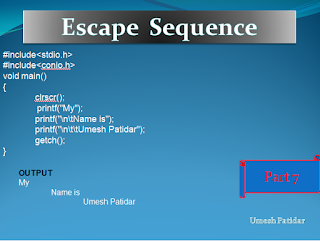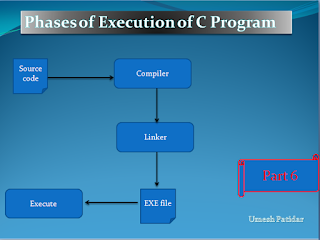Keywords :
keywords are specific reserved words in C each of which has a specific feature associated with it. Almost all of the words which help us use the functionality of the C language are included in the list of keywords. So you can imagine that the list of keywords is not going to be a small one!
keywords are specific reserved words in C each of which has a specific feature associated with it. Almost all of the words which help us use the functionality of the C language are included in the list of keywords. So you can imagine that the list of keywords is not going to be a small one!
|
auto
|
double
|
int
|
struct
|
|
break
|
else
|
long
|
switch
|
|
case
|
enum
|
register
|
typedef
|
|
char
|
extern
|
return
|
union
|
|
const
|
float
|
short
|
unsigned
|
|
continue
|
for
|
signed
|
void
|
|
default
|
goto
|
sizeof
|
volatile
|
|
do
|
if
|
static
|
while
|
















